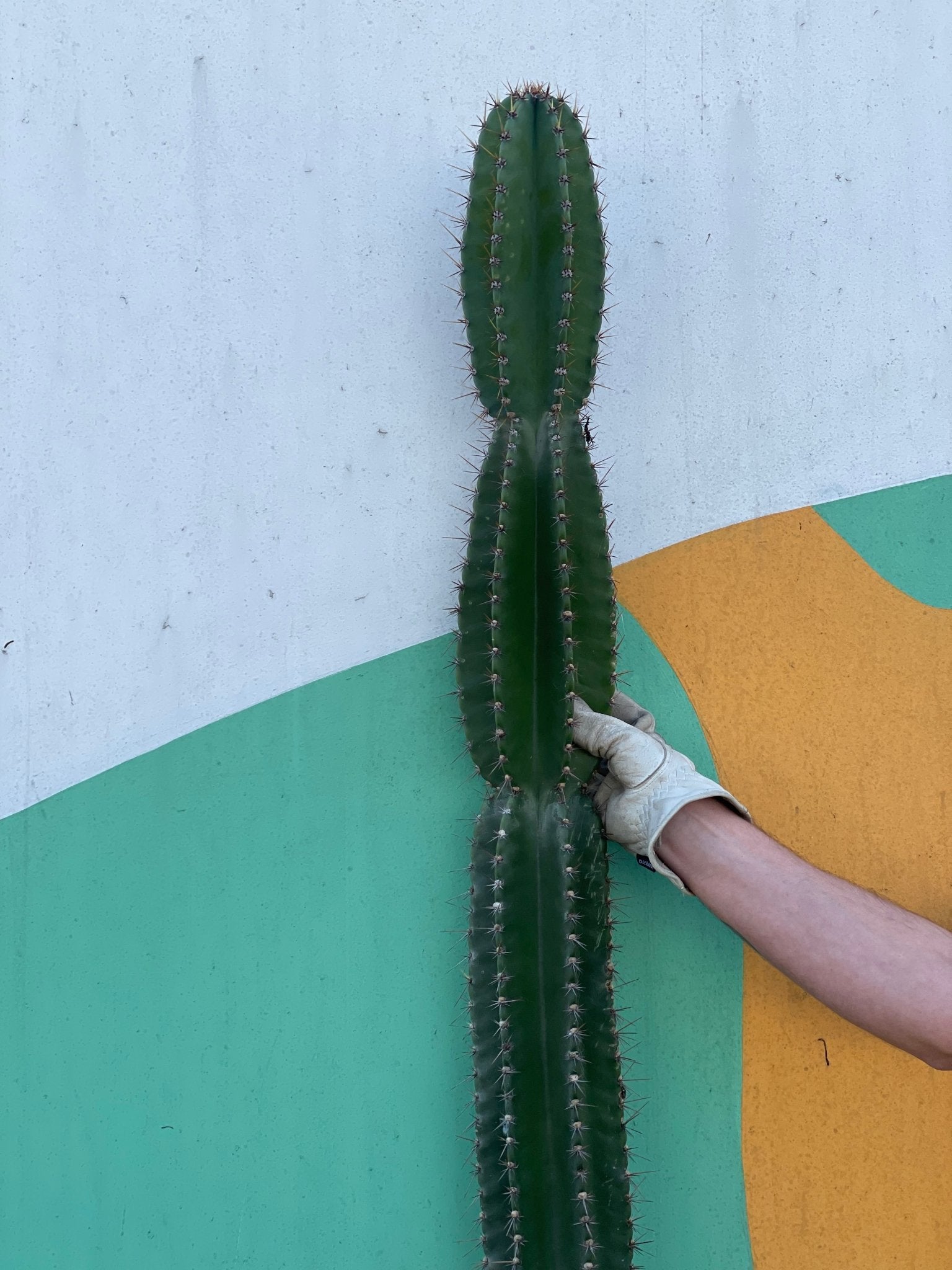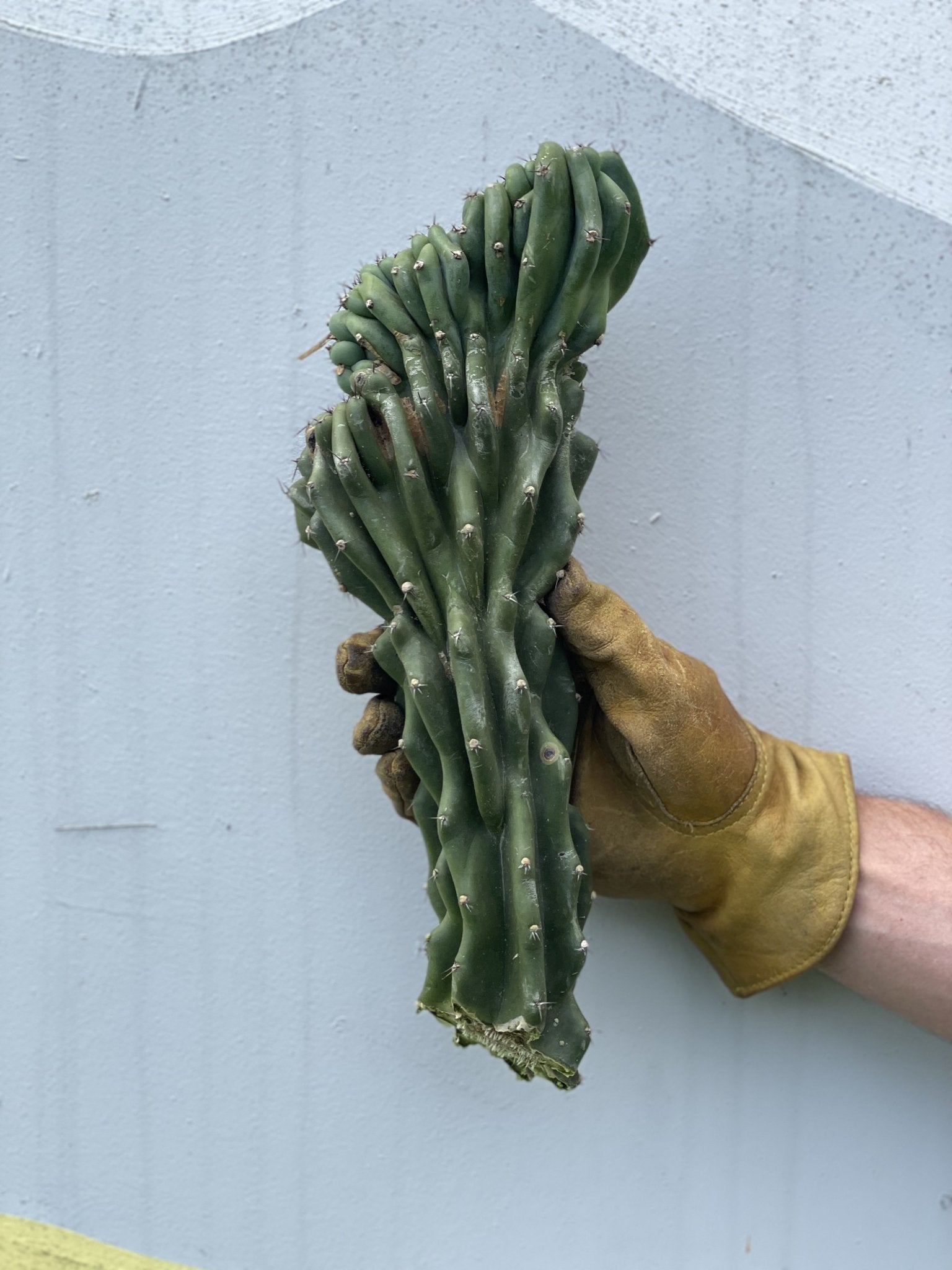Air plants have been gaining popularity in recent years as an alternative to traditional potted plants, and for good reason. These unique, low-maintenance plants offer many benefits, making them an attractive option for both indoor and outdoor spaces. But what exactly is needed to care for these specimens? And is it really worth the effort?
In this article, we'll explore the advantages and disadvantages of air plants, focusing on some of the most popular species.
Advantages of Air Plants
There are many advantages associated with air plants; this makes them a popular choice among plant enthusiasts and those looking to add a touch of nature to their living spaces. These versatile plants not only provide unique aesthetics but also offer eco-friendly and low-maintenance solutions. Here are some of the top reasons people love air plants:
1. Low-maintenance and easy care
One of the most significant advantages of air plants is their low-maintenance nature. They don't require soil, and their care is relatively simple compared to traditional plants. Simply mist them with water once a week or submerge them in water for 20-30 minutes every two weeks, and they'll thrive. This makes air plants an excellent option for busy individuals or those with limited gardening experience.
Furthermore, air plants don't require fertilizers or other chemicals commonly used in traditional plant care. This reduces both the cost and time involved in maintaining them, making them an ideal choice for those seeking an easy-to-care-for addition to their home or office.
2. Unique aesthetic appeal
Air plants offer a unique aesthetic that's difficult to achieve with traditional plants. Their ability to grow without soil allows them to be displayed in a variety of creative ways, such as mounted on driftwood, suspended from the ceiling, or nestled within decorative containers. This versatility makes them a perfect choice for interior design enthusiasts looking to add a touch of nature to their space.
Moreover, air plants come in a wide range of shapes, sizes, and colors, providing endless possibilities for creating eye-catching displays. From the sculptural form of Tillandsia xerographica to the vibrant hues of Tillandsia fasciculata, there's an air plant to suit any design style or preference.
3. Environmentally friendly
Air plants are environmentally friendly, as they don't require soil or a large amount of water to grow. This makes them a sustainable choice for those looking to minimize their ecological footprint. Additionally, some air plant species, like Tillandsia xerographica and Tillandsia novakii, are known to absorb pollutants and release clean oxygen, contributing to better air quality in your home or workspace.
Their minimal water requirements also make air plants an excellent option for those living in drought-prone areas or wanting to conserve water. By choosing air plants, you can enjoy the beauty of nature in your space while also making an eco-conscious choice.
4. Adaptability
Air plants are highly adaptable and can thrive in various environments, from arid deserts to humid rainforests. This makes them an excellent option for those living in different climates, as they can tolerate a wide range of temperatures and humidity levels.
As a result, air plants are suitable for both indoor and outdoor settings, allowing you to enjoy their beauty in various locations around your home or garden. Whether placed in a sunny windowsill or a shaded outdoor area, air plants can adapt and flourish.
Disadvantages of Air Plants
Despite their numerous benefits, there are also some drawbacks associated with air plants that potential owners should be aware of. From limited availability to their susceptibility to pests, these challenges can impact the overall experience of owning these captivating plants.
1. Limited availability
While air plants are becoming more popular, they can still be challenging to find compared to traditional plants. You may need to visit specialized nurseries or online retailers, such as Varnish and Vine, to find a wide selection of species like Tillandsia fasciculata or Spanish moss.
However, as air plants continue to gain popularity, it's likely that their availability will increase. In the meantime, seeking out reputable online retailers or local nurseries specializing in air plants can help you find the perfect specimens for your space.
2. Susceptibility to pests and diseases
Although air plants are low-maintenance, similar to most plants. Air plants can be susceptible to pests like mealybugs and diseases like rot if not properly cared for. It's essential to inspect your air plants regularly and address any issues promptly to prevent damage.
To minimize the risk of pests and diseases, ensure your air plants are receiving proper care, including adequate air circulation, proper watering, and appropriate light exposure. Additionally, keeping a close eye on your plants and promptly removing any affected leaves or sections can help maintain the health and longevity of your air plants.
3. Fragility
Some air plant species, like Tillandsia xerographica, are known for their delicate leaves and intricate structures. This can make them more fragile than traditional plants, and they may require extra care when handling or transporting.
To protect your air plants from damage, handle them gently and avoid touching their delicate leaves whenever possible. When transporting or repositioning your plants, use caution to prevent breakage or damage to their fragile structures.
4. Slower growth rate
Air plants are known for their slow growth rate compared to traditional plants. This can be a disadvantage for those looking for a fast-growing plant to fill a space or create a dramatic impact. However, the slower growth rate also means less frequent maintenance and repotting.
Although air plants may take longer to reach their full size, their unique aesthetic and low-maintenance nature can make them well worth the wait. Additionally, selecting larger or more mature air plants can help achieve a more immediate impact in your space.
Conclusion
Air plants offer many advantages over traditional plants, including their low-maintenance nature, unique aesthetic appeal, environmental friendliness, and adaptability. However, similar to traditional plants, they also have some disadvantages, such as limited availability, susceptibility to pests and diseases, fragility, and a slower growth rate. By carefully considering these factors, you can determine if air plants are the right choice for your space and lifestyle.
Regardless of your decision, air plants like Tillandsia xerographica, Tillandsia fasciculata, and Tillandsia usneoides offer a unique and visually appealing addition to any home or garden. Their ease of care, versatility, and eco-friendliness make them a popular choice for those looking to bring a touch of nature into their living spaces while minimizing their environmental impact.











